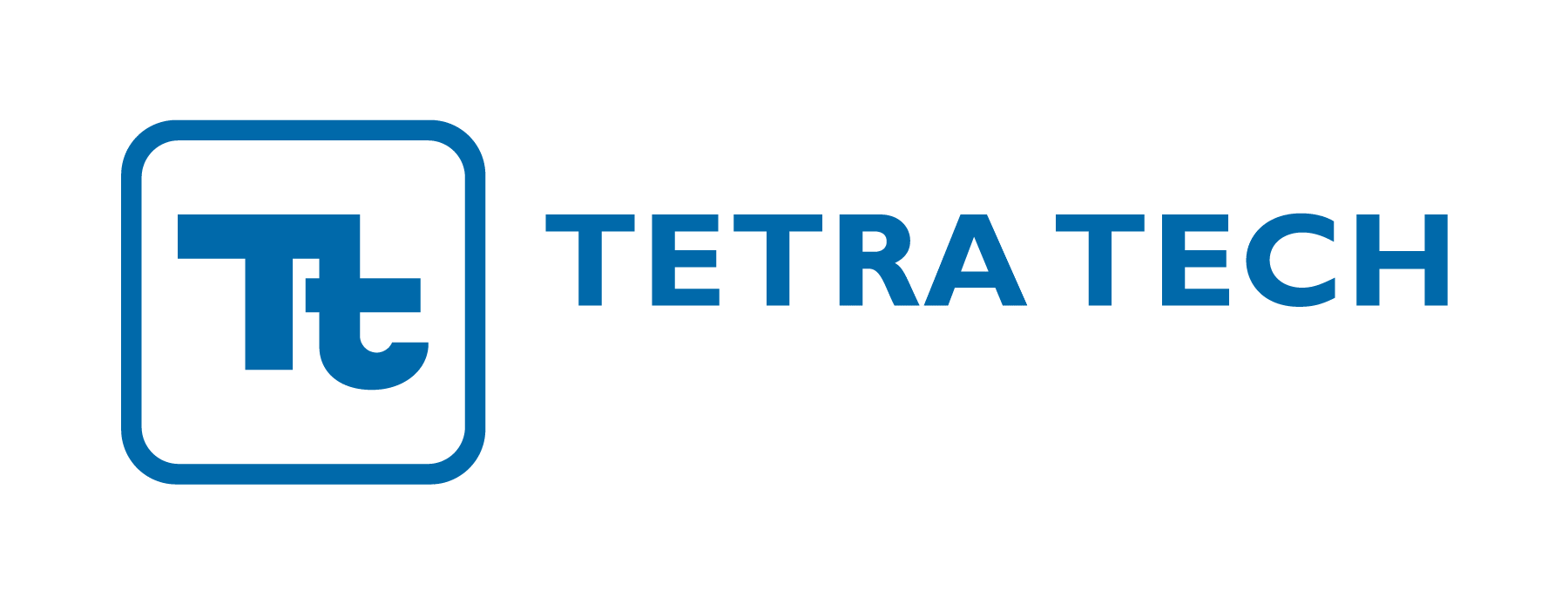The International Material Data System (IMDS) is the essential compliance reporting tool for any automotive manufacturer or supplier. But reporting data accurately can be cumbersome — especially when you want to do something the software hasn’t allowed for, like referencing multiple datasheets or entering smaller units of weight.
DXC Technology, the developer of IMDS, regularly updates the software to meet these challenges, making it easier and more efficient to use and solving customer use issues with interface improvements.
The newest update — IMDS 13.0 — is planned for release on May 19, 2021, and will include a variety of new features to improve reporting and help you meet new requirements such as the Substances of Concern in Products (SCIP) database. Understanding how to harness the power of these updates will be a key factor in increasing the accuracy and efficiency of your reporting.
IMDS 13.0 Updates
The expected IMDS 13.0 updates will include a variety of new features that will change the way data is reported. From new reporting fields to new interface features, these tools will give you a more seamless reporting process.
New Attribute Fields
To accommodate reporting to the new SCIP database, new attribute fields will be added to IMDS for newly created components:
- Article category / Taric codes
- Production in the EU
- Safe use instructions required (yes / no)
- Safe use instructions
- SCIP number
- SCIP submission number
These fields will make it easier for you to use IMDS data for your SCIP reporting.
Increased Precision for Portions
Currently, the smallest portion that can be entered into IMDS is up to six decimal places, and the smallest unit of weight that can be entered is micrograms.
For declarable substances with unusually low thresholds, such as PFOA, IMDS 13.0 will allow an entry of up to nine decimal places for portions. The smallest allowed unit of weight will become nanograms.
Support for Multi-Sourcing
Currently, when a part number is sourced from more than one supplier a user may compare the received datasheets and choose the best one to represent the part number in question based on which one contains more prohibited substances. Or they may simply overcompensate and add all datasheets for the part number to the assembly part tree.
With IMDS 13.0 it will be possible to reference multiple MDSs under one component if it has multiple suppliers, which will solve the problem of deciding how to handle a multi-sourcing situation in IMDS.
Consideration of the Lower Threshold for Available Selection of Application Codes
In IMDS 13.0, Application Codes will no longer display for a material if the lower threshold is not met. This will only apply to Application Code 8(e) – Lead in high melting temperature type solders (i.e. lead-based alloys containing 85% by weight or more lead).
Threshold Parameters for Every Where-Used Analysis Related to Substances
To assist the user who wants to gather a list of datasheets that may cross a threshold for a prohibited substance, IMDS 13.0 will give users the option to apply a range in the Where-Used Analysis tool when using certain analysis types:
- Basic Substance
- Basic Substance List
- Basic Substance Group
- GADSL / SVHC
- Application Code
This will limit search results to those datasheets that contain a particular portion range of a substance rather than pulling all datasheets that contain any amount of the substance.
Change in Recyclate Handling for Polymer Materials
Currently, all recyclate information is added to a material only after it is attached to a component or semi-component. In IMDS 13.0, recyclate information for polymer materials will be added directly to the raw material itself by the supplier.
Re-establishment of Certain Default Application Codes
When IMDS 12.2 was released, the convenience of having default selections for certain Application Codes was removed. IMDS 13.0 will re-introduce default selections for some Application Codes if it is the only Application Code for the substance or if the concentration is within acceptable GADSL limits.
Deactivation of Other Material Classifications
In response to the Recommendation 001a updates, some material classifications will be deactivated:
- 2 Cast iron
- 5.1 Plastics in polymeric compounds
- 4 Duromers
Other IMDS 13.0 Changes
IMDS 13.0 will come with still more changes aimed at easing reporting while simultaneously improving accuracy:
- A Where-Used Analysis will be available for MDSs with recyclate information.
- IMDS Recommendation 019 will be deactivated.
- Material Classifications of 8.x will be deactivated.
- Changes to the AI interface will inform customers if a confidential substance contained in a received MDS is added to the GADSL or REACH list.
Get IMDS Support
Understanding how to use the new features of IMDS 13.0 will be essential for your compliance reporting. Not only will it make your reporting more accurate, but it will make it easier for your team to report substances in your products, ultimately saving you time.
To learn more about how take advantage of the power of IMDS for your reporting, contact us at [email protected] for IMDS support or consider one of our IMDS training options. We offer basic, standard, and advanced IMDS training for all possible needs and levels.







